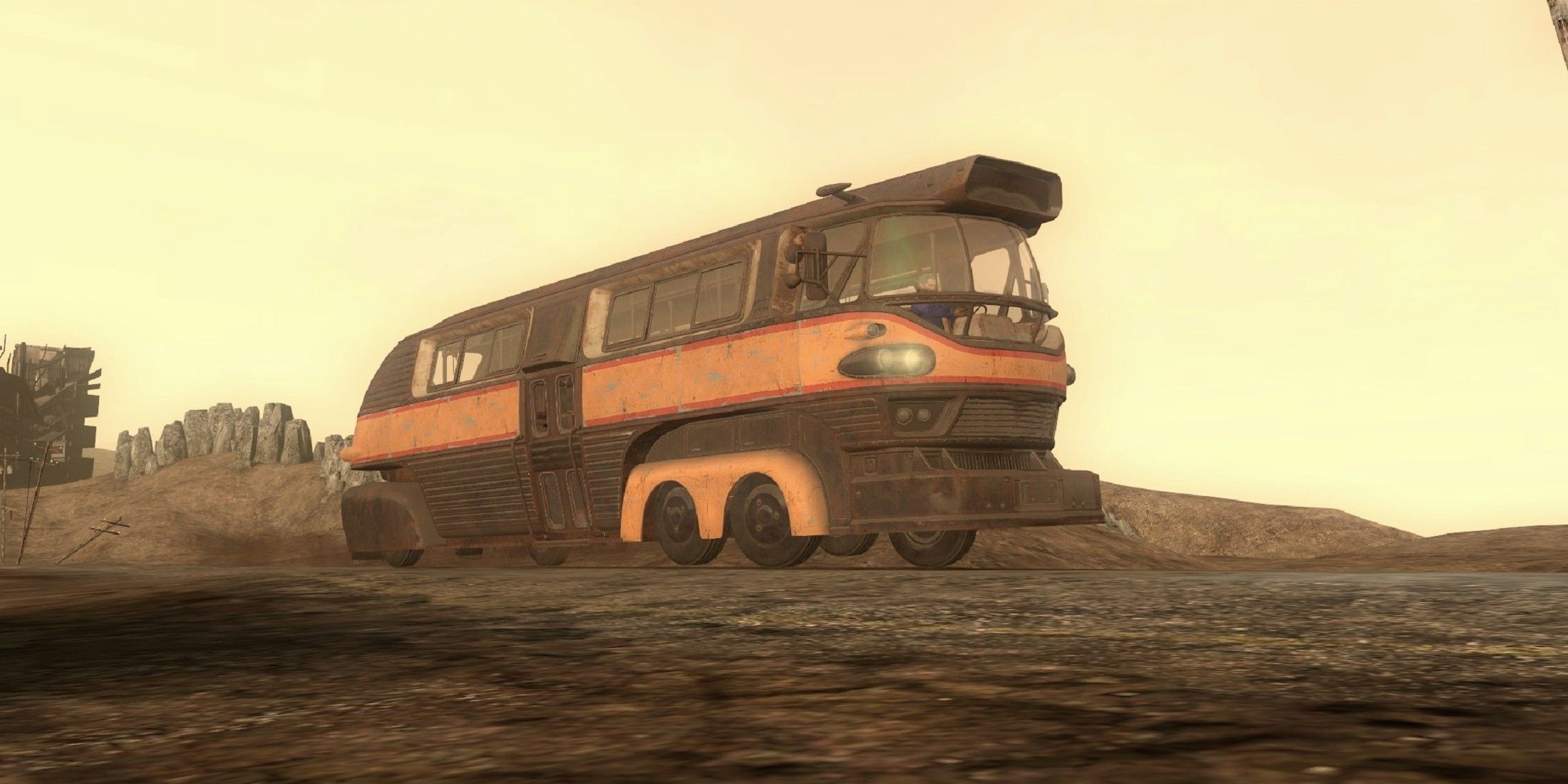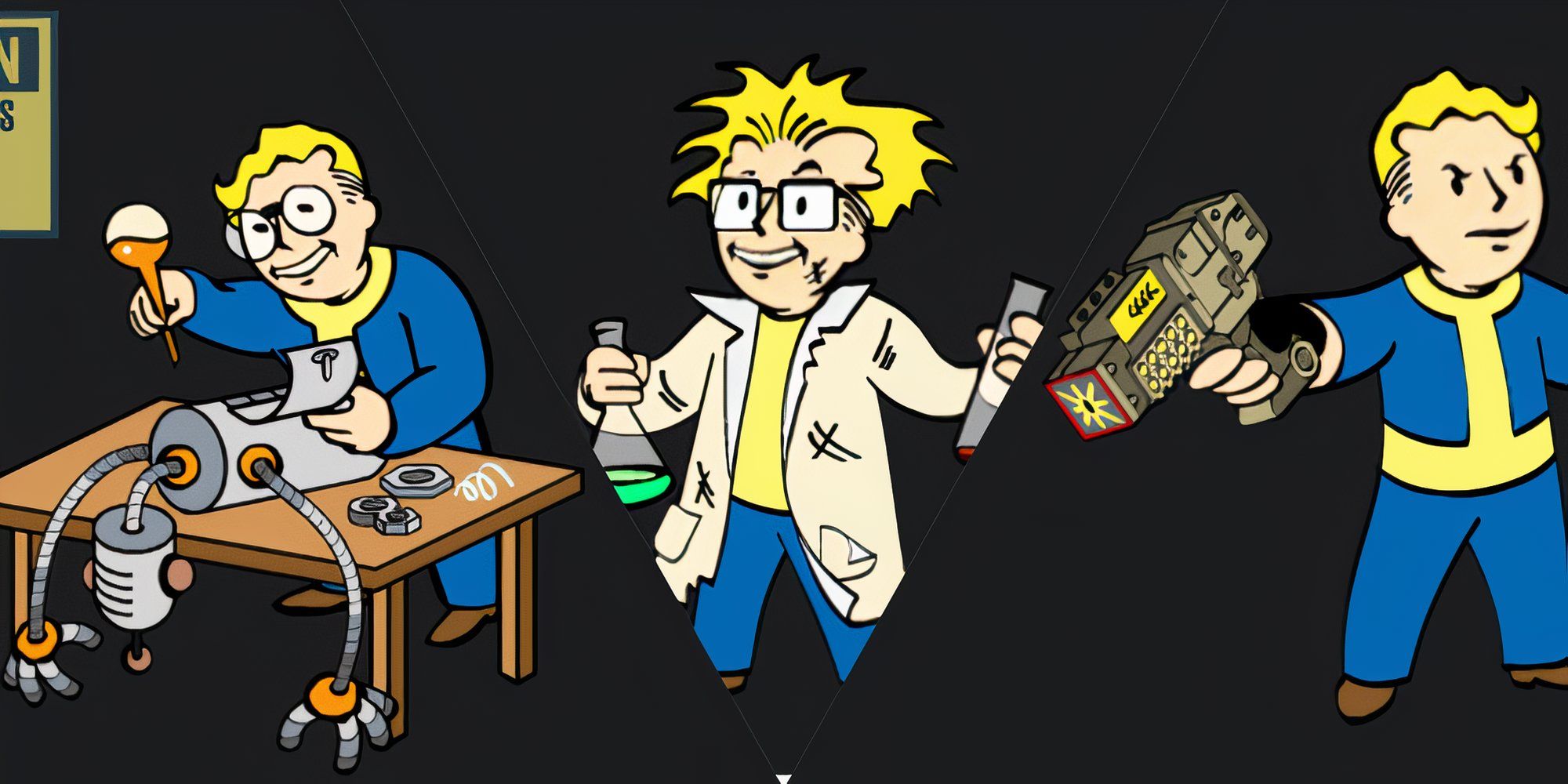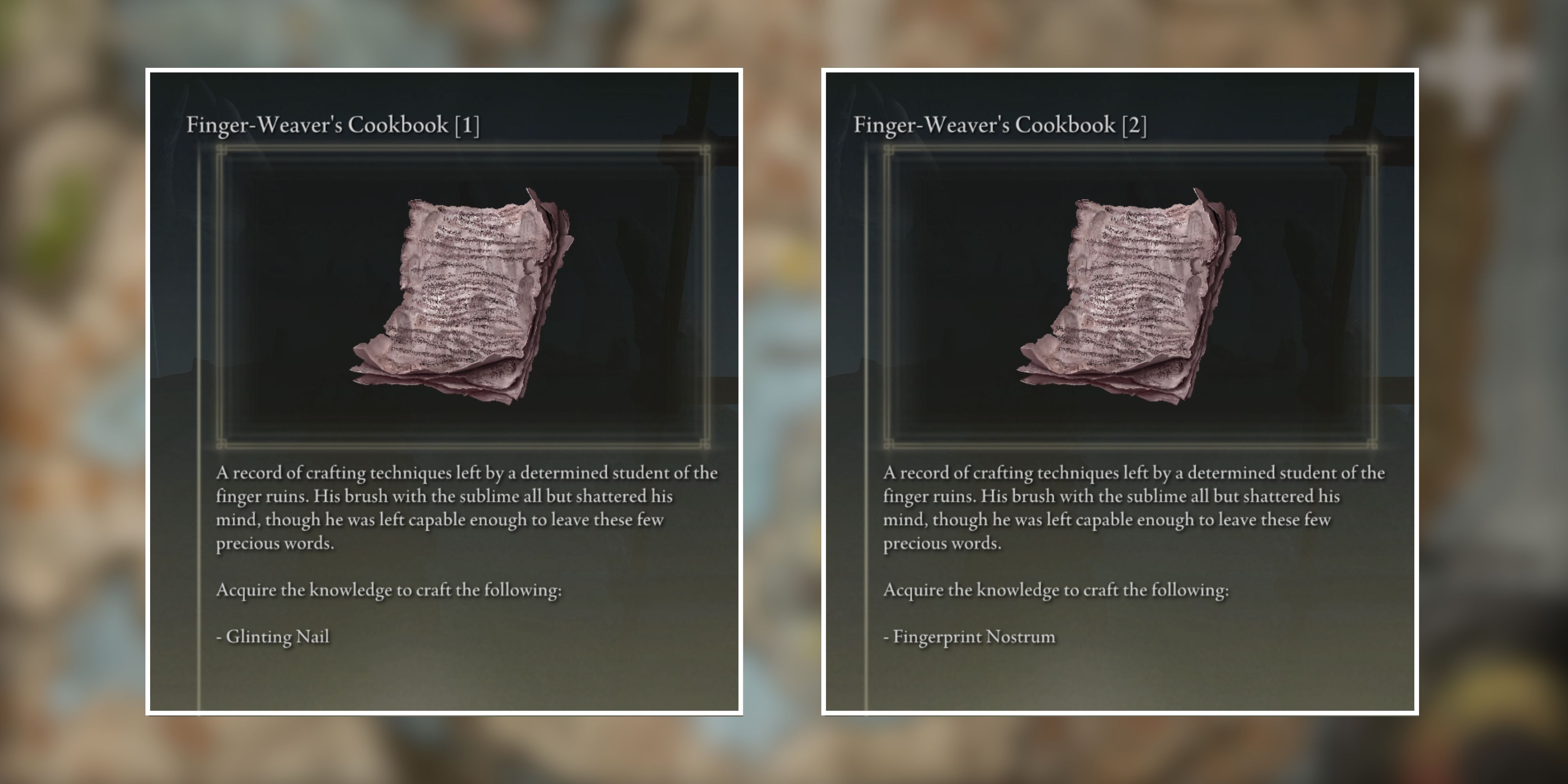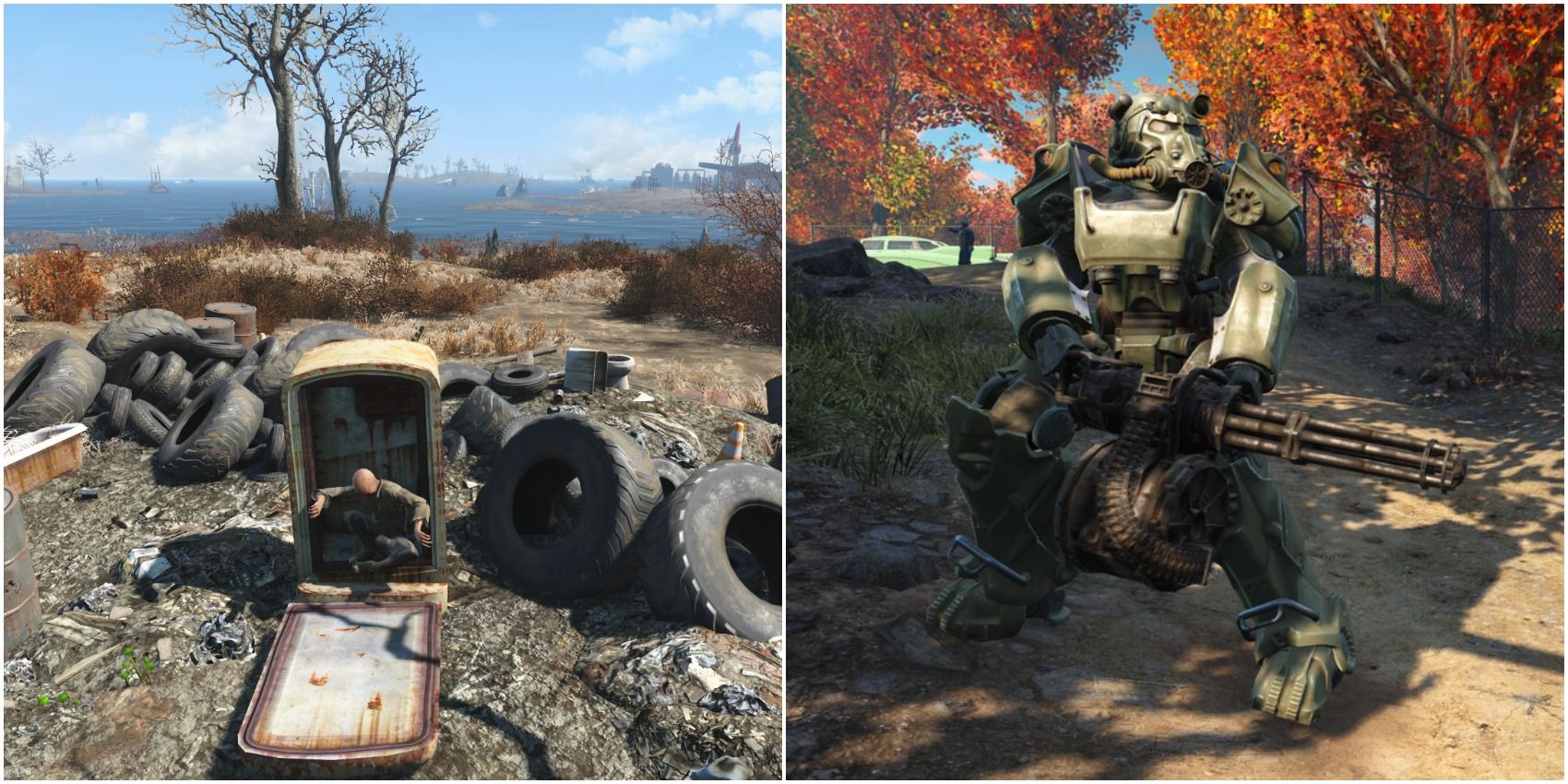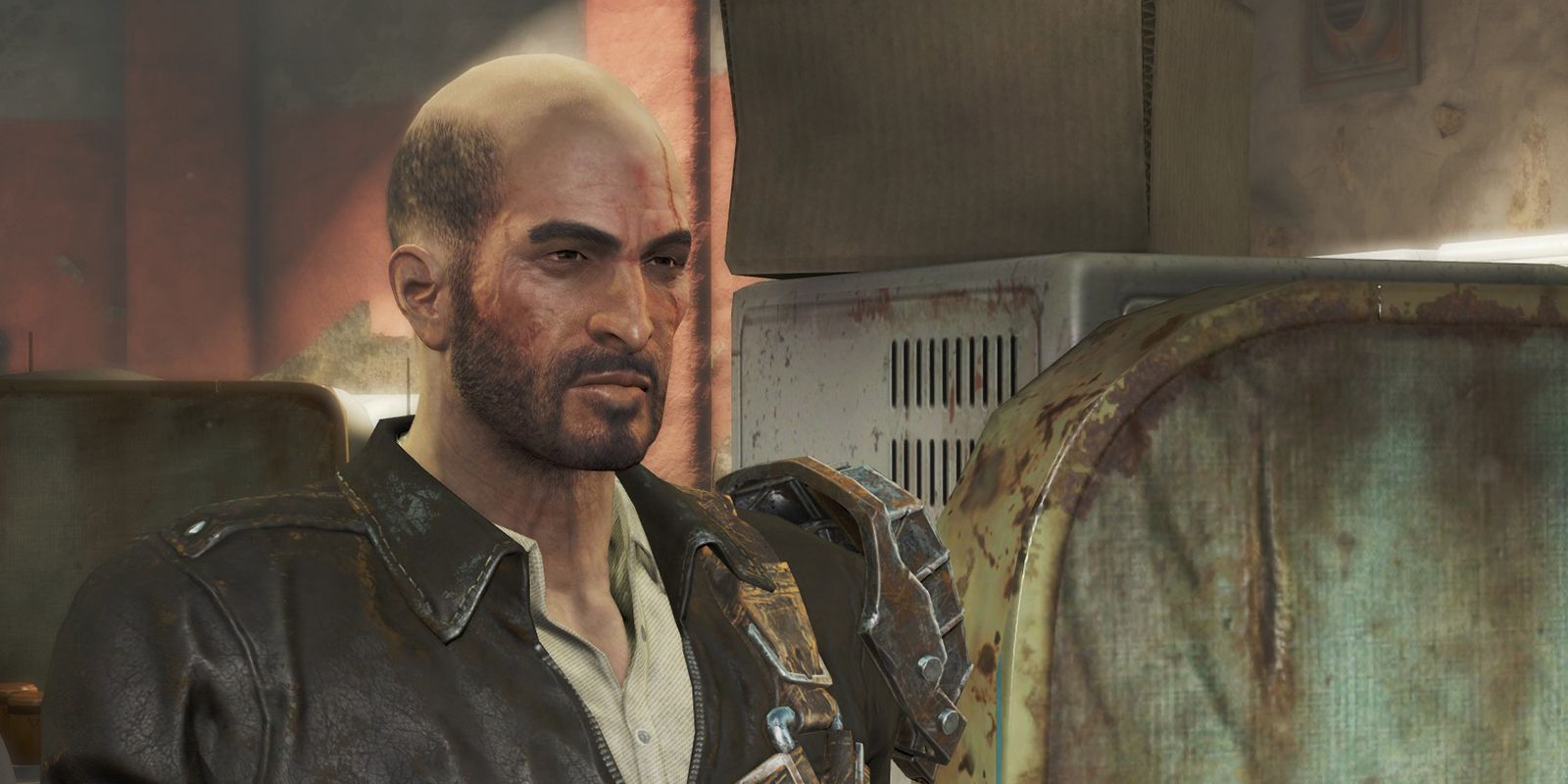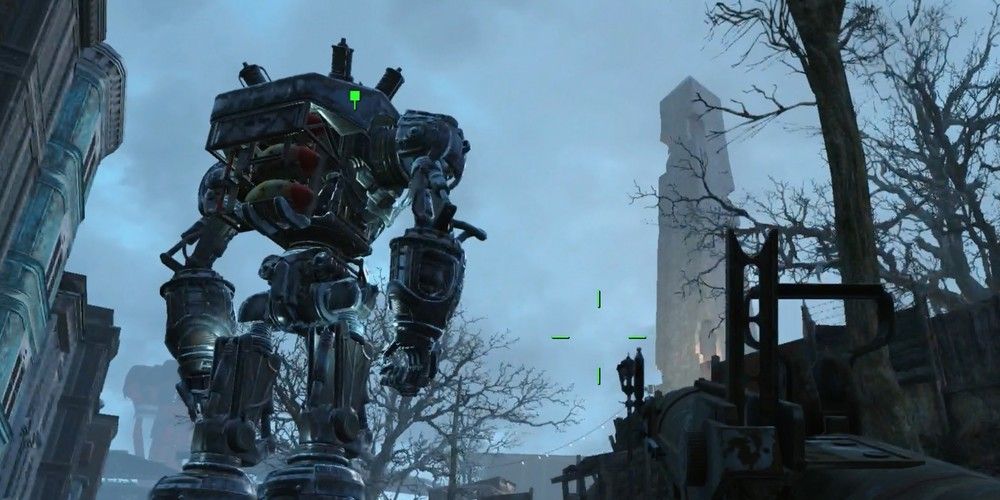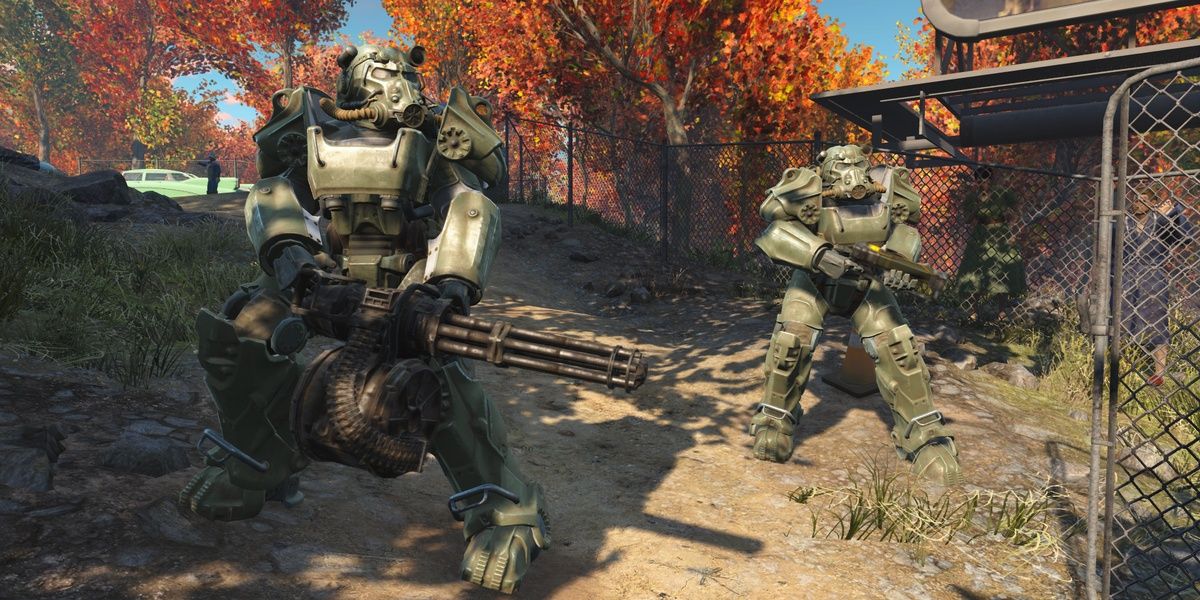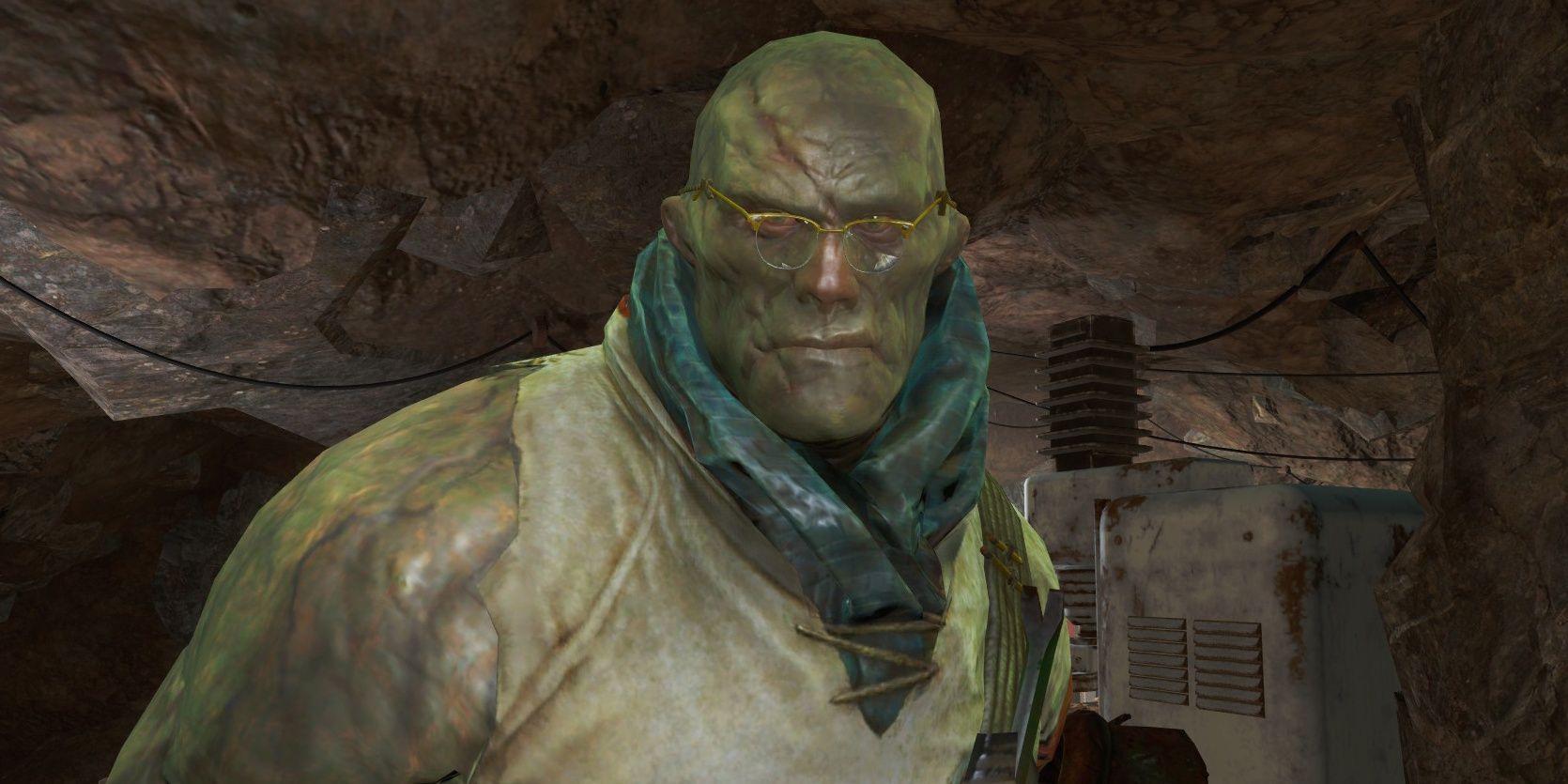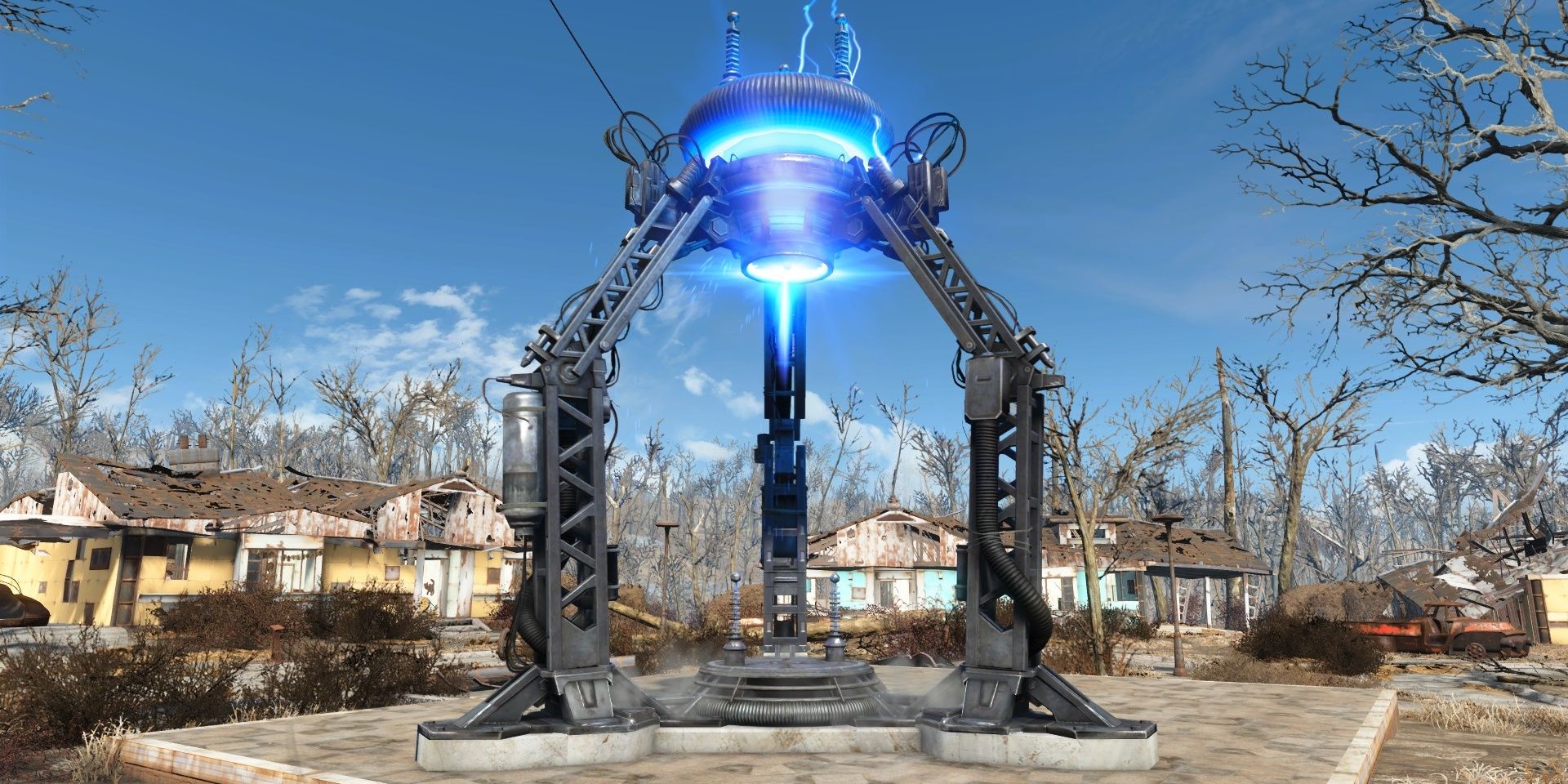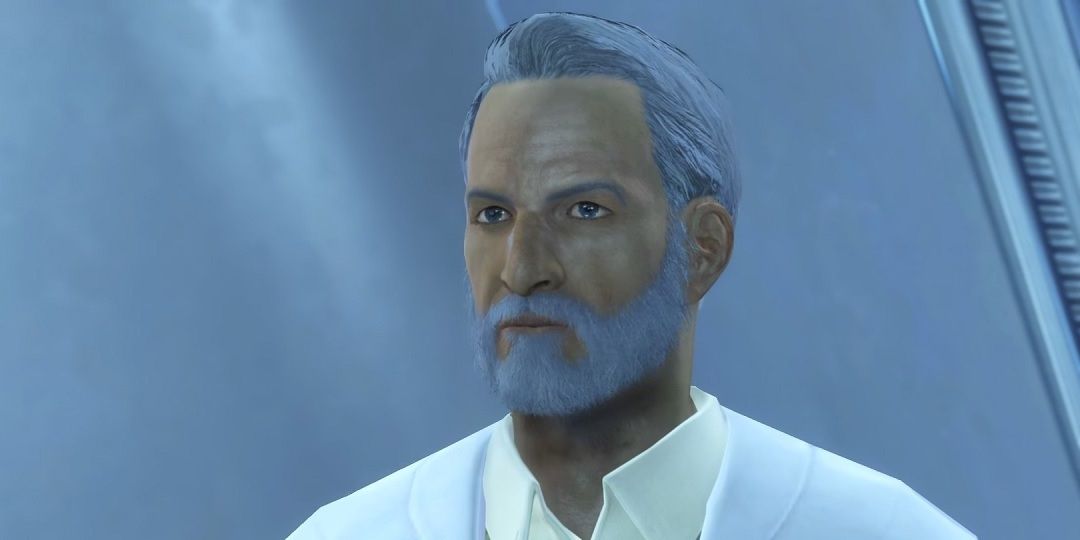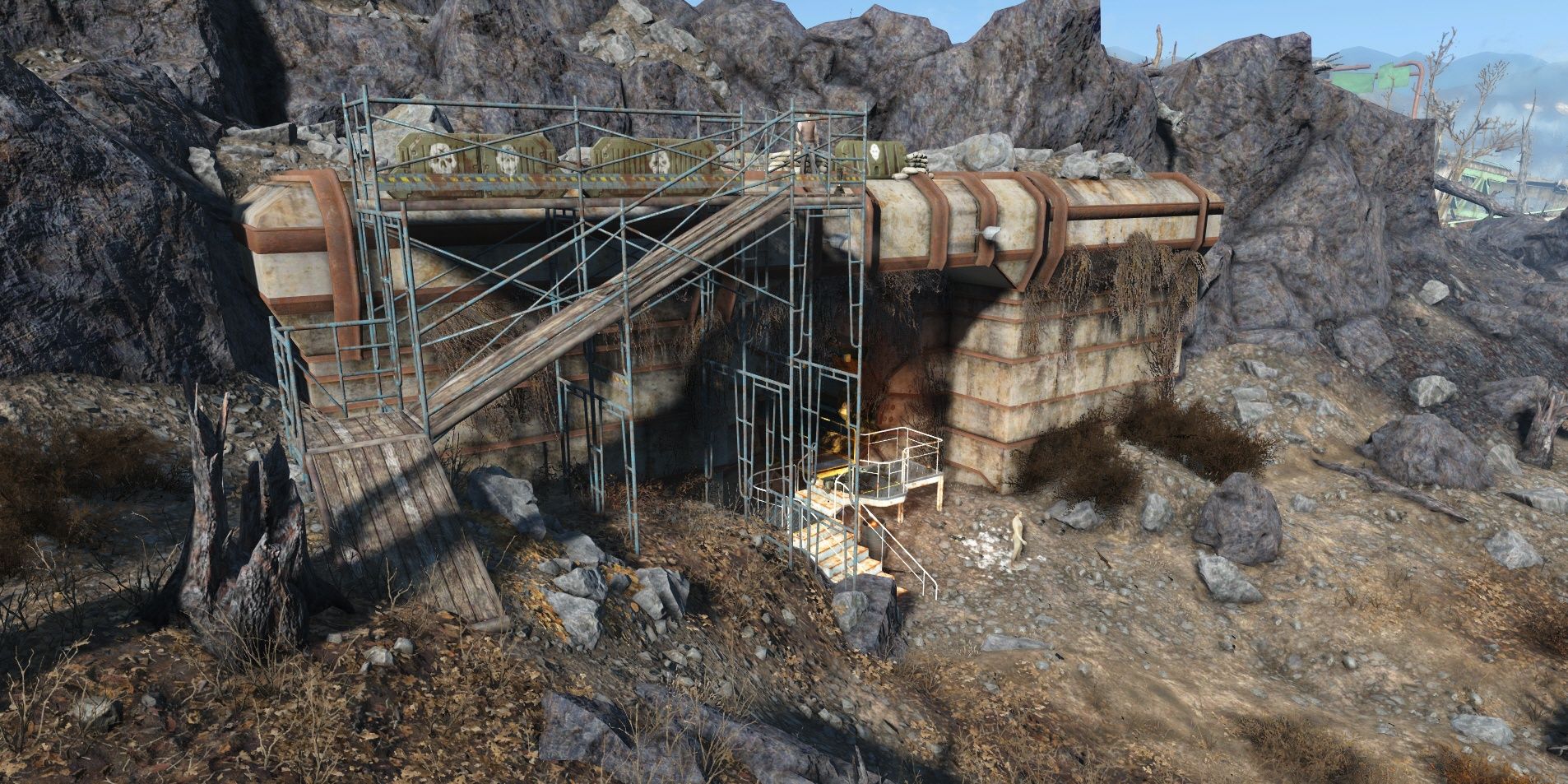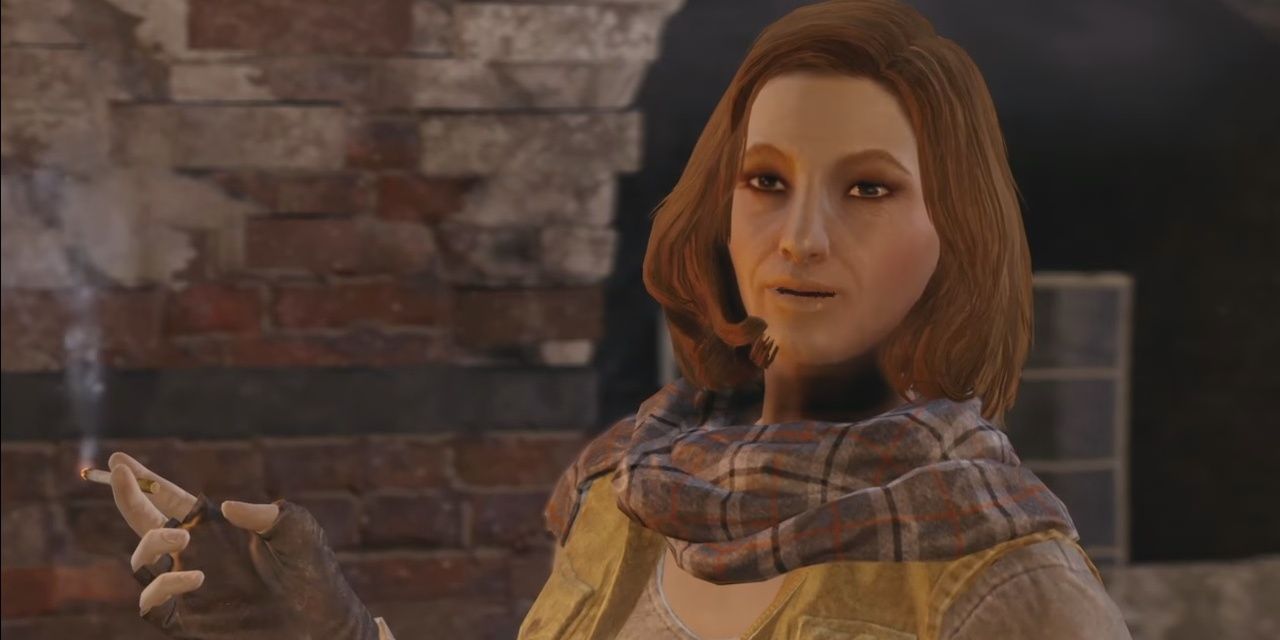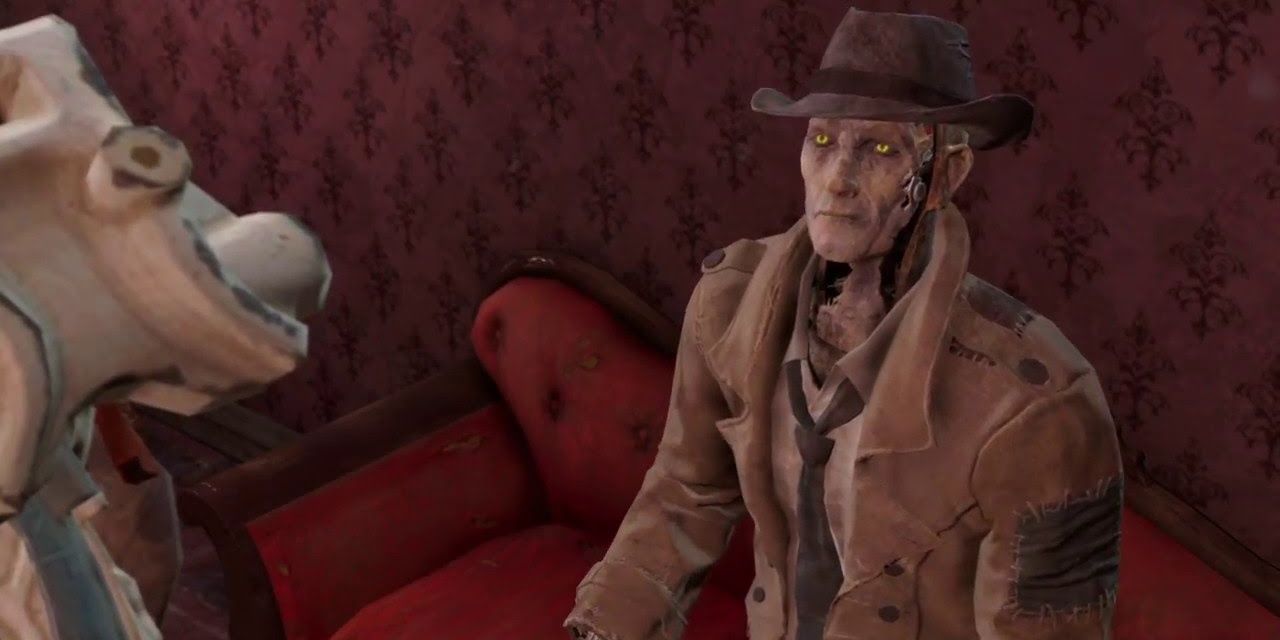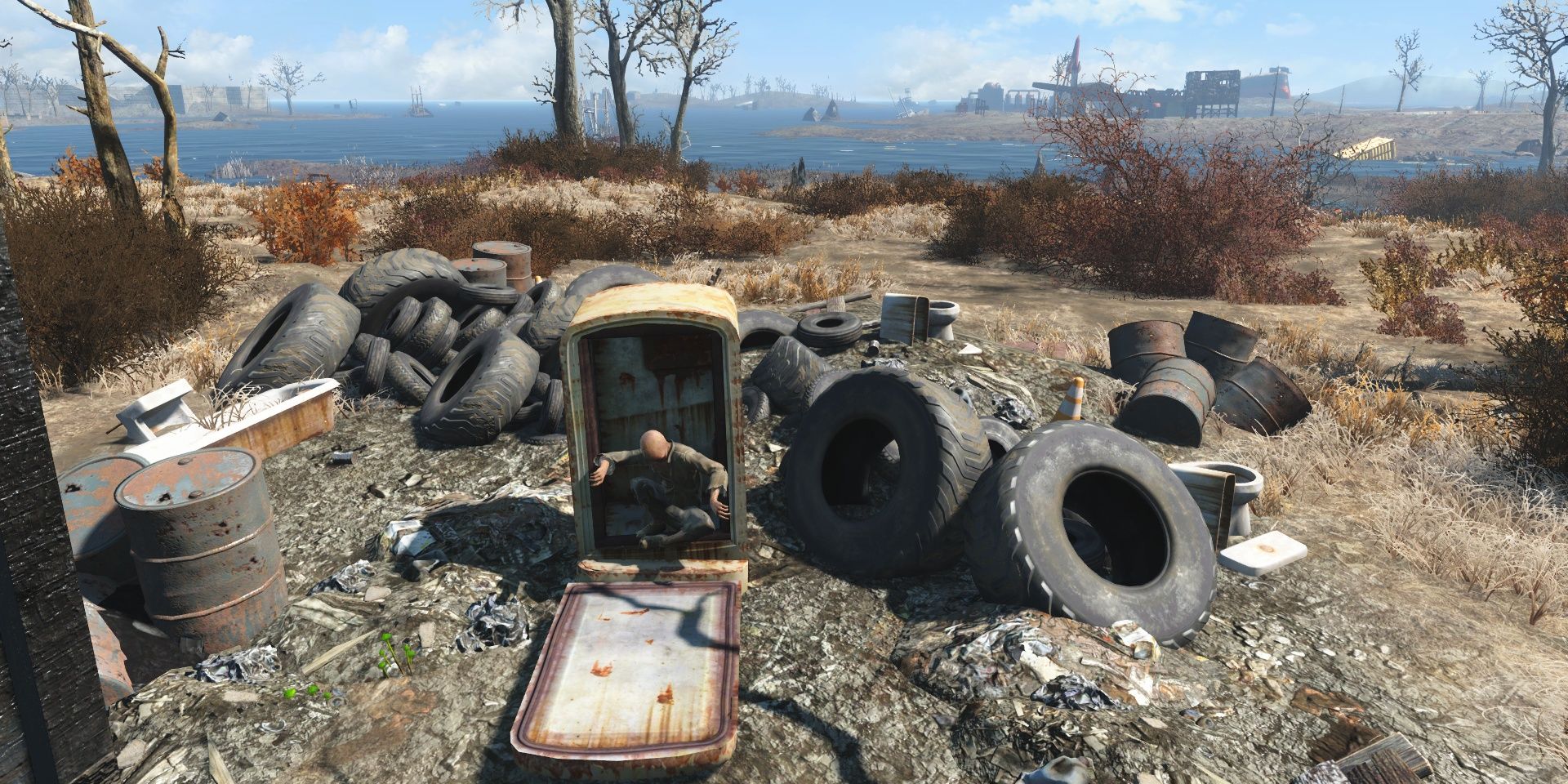Calling Fallout 4 a controversial entry in the series would be an understatement. Bethesda made radical changes to the Fallout franchise in this installment. A voiced protagonist, emphasis on crafting, and removal of skills made for one of the most divisive RPGs in recent memory.
Due to the radical changes Fallout 4 made to storytelling, quite a few plot threads in the game have massive plot holes—inconsistencies or unexplained elements to a particular story or universe. From the main quest to lore retcons, here are ten major plot holes in Fallout 4 that have no definite answer. This article contains major story spoilers for Fallout 4.
10 Why Aren't The Institute Scientists Cyborgs?
Acute players might notice that Kellogg appears to be the same age at the start of Fallout 4 and when players confront him later in the story. While this seems to be a plot hole on its own, a terminal inside the Institute does explain that the cybernetics inside of him kept him alive for over a hundred years. Nick Valentine also comments on Kellogg's sheer number of synth components when he dies, which supports this theory.
However, if synthetic parts can drastically increase a person's lifespan, why aren't all Institute members cyborgs like Kellogg? It would make sense for the Institute to extend the life of all of its scientists. In fact, why aren't the Institute focusing on making its members Gen three synths so they can live indefinitely? This shoddy answer to Kellogg's plot hole just leaves more questions than answers.
9 Liberty Prime's Origins
When players explore the Cambridge Polymer Labs, they will get a quick history lesson on the company's origins by a robot named Molly. She will explain how they were directly responsible for Liberty Prime's development during the Chinese invasion of Anchorage and how it helped the United States successfully defend it.
Bethesda must have forgotten their own lore because Liberty Prime wasn't deployed to Anchorage at all. The United States government instead focused on developing better equipment for its soldiers, which would lead to the development of power armor. Liberty Prime was never even mentioned by the United States government publicly. Molly shouldn't be discussing this robot's origins with anyone.
8 T-60 Power Armor
T-60 power armor shouldn't exist. According to the lore of every other Fallout title, T-51b power armor was the pinnacle of Pre-War power armor design that was mass-produced before the bombs fell. T-60 retcons this entirely.
Terminals and dialogue in Fallout 4 go as far as stating this armor was the best, most commonplace power armor after the reclamation of Anchorage. If they were so commonplace, why are T-60 frames not in previous games or mentioned? At least the introduction of the X-01 power armor, which looks shockingly similar to the Enclave's armor in Fallout 2, can be explained as being a rare prototype the Enclave would later use. There's no such explanation for why T-60 power armor was unheard of until this game.
7 X6-88 Dislikes Killing Virgil
During the "Dangerous Minds" main quest, players delve into Kellogg's memories to uncover the Institute's method of travel. During the last memory of this quest, players can witness a conversation between Kellogg and X6-88.
X6-88 asks Kellogg to enter the Glowing Sea and kill Virgil, a rogue Institute scientist that was researching the FEV virus. This is already strange since Virgil must know that synths are resistant to radiation, but he might have chosen the Glowing Sea for how remote it is.
Regardless, Kellogg never gets around to killing him. One might assume that X6-88 would try to after Kellogg's death, yet he is disinterested. Players can go as far as to take X6-88 to Virgil's refuge, yet X6-88 will remain neutral. If players ask X6-88 to kill Virgil, X6-88 will do so but at the cost of reputation. Why does X6-88 not wish to kill Virgil even though he gave the order to Kellogg?
6 Institute Members Don't Teleport To Saftey
Players eventually learn that the Insitute travels in and out of the facility through teleportation. It explains how the Institute can kidnap humans so easily. What doesn't make sense, though, is why the Institute doesn't teleport out of their HQ when it gets destroyed at the end of the game. High-ranking members and Gen three synths could easily do this as shown during Kellogg's memory with X6-88. Why do they accept defeat when they have an instant means of fleeing?
5 Why Did The Institute Kidnap Shaun Instead Of Someone Else?
Out of every Pre-War human the Institute could have kidnapped, why did they choose Shaun? A radiation-free subject was critical to developing the Institute's synths, yet they chose to kidnap a baby and kill one of their potential subjects when they could have just kidnapped the Sole Survivor.
Vault 111 wasn't the only Vault in the region, either. Vault 81 is also radiation-free and has many more subjects than Vault 111. With all of those subjects available, killing a parent and stealing a child doesn't make as much sense. If all they needed was DNA, the Institute could have just taken a sample of Shaun's blood. Kidnapping is a rather extreme measure to obtain a DNA sample from someone.
4 Pre-War Jet
Similar to T-60 power armor, Vault 95 should not have a Pre-War entry that mentions Jet. For those unaware, Jet is a chem created by a New Reno resident named Myron. It was meant to be a highly profitable hallucinogenic comprised of various mushrooms and concentrated Brahmin dung fumes.
Jet was distributed around 2241, well before the events of the Great War. This is important to note because Vault 95 has terminal entries that state its inhabitants were to receive a shipment of Jet and Psycho, entries that had to have been written around 2077. How can a drug invented off of mutated cow dung exist before the world was nuked?
3 Railroad Wants To Destroy The Institute
Instead of taking control of the Institute, the Railroad is determined to destroy it. This goes against the Railroad's views of synths deserving rights amongst humans. They know synths are created in the Institute, so why would they destroy their own birthplace and compromise the existence of the organization? It does the polar opposite of saving synths.
2 Kellogg Takes Over Nick Valentine
Once players leave Kellogg's memories during the "Dangerous Minds" quest, Nick Valentine will be waiting for the player at the top level of the Memory Den. Upon speaking to Nick, players will hear a line of dialogue synthesized with Kellogg's voice and mannerisms. It's clear that Kellogg's mind lives on in Nick.
Sadly, this is the only moment in Fallout 4 where this occurs. Nick will never mention this occurrence, the player can not question Nick about it later, and Kellogg will never take over Nick Valentine's dialogue. Cut content suggests that this concept was going to play a part in Nick's character arc. As it stands, this line of dialogue sets an interesting conflict that never gets expanded on.
1 Kid In A Fridge
Everything about the "Kid in a Fridge" quest in Fallout 4 doesn't make sense. Admittedly, the Fallout franchise has never been clear on certain ghoul traits such as starvation. Even Fallout 4 has conflicting information on ghouls needing to eat. Billy, the kid stuck in a refrigerator for 200 years, was able to survive without food while Kent Connolly, a ghoul that resides in Goodneighbor, has terminal entries that mention the townsfolk give him food so he doesn't accidentally starve to death.
Hunger is far from the myriad of plot holes this quest has, however. Why is Billy still a child? Raul Tejada from Fallout: New Vegas turned into a ghoul as a child yet grew into adulthood as any typical human would. How is Billy not a Glowing One from sitting in radiation for so long? How is Billy not insane after being isolated for 200 years? Why is Billy not feral? Why are his parents living in the same dilapidated house for 200 years? How can Billy expose himself to sunlight after being trapped in a dark environment for so long? The only reasonable explanation for all of this is Billy isn't telling the truth.

